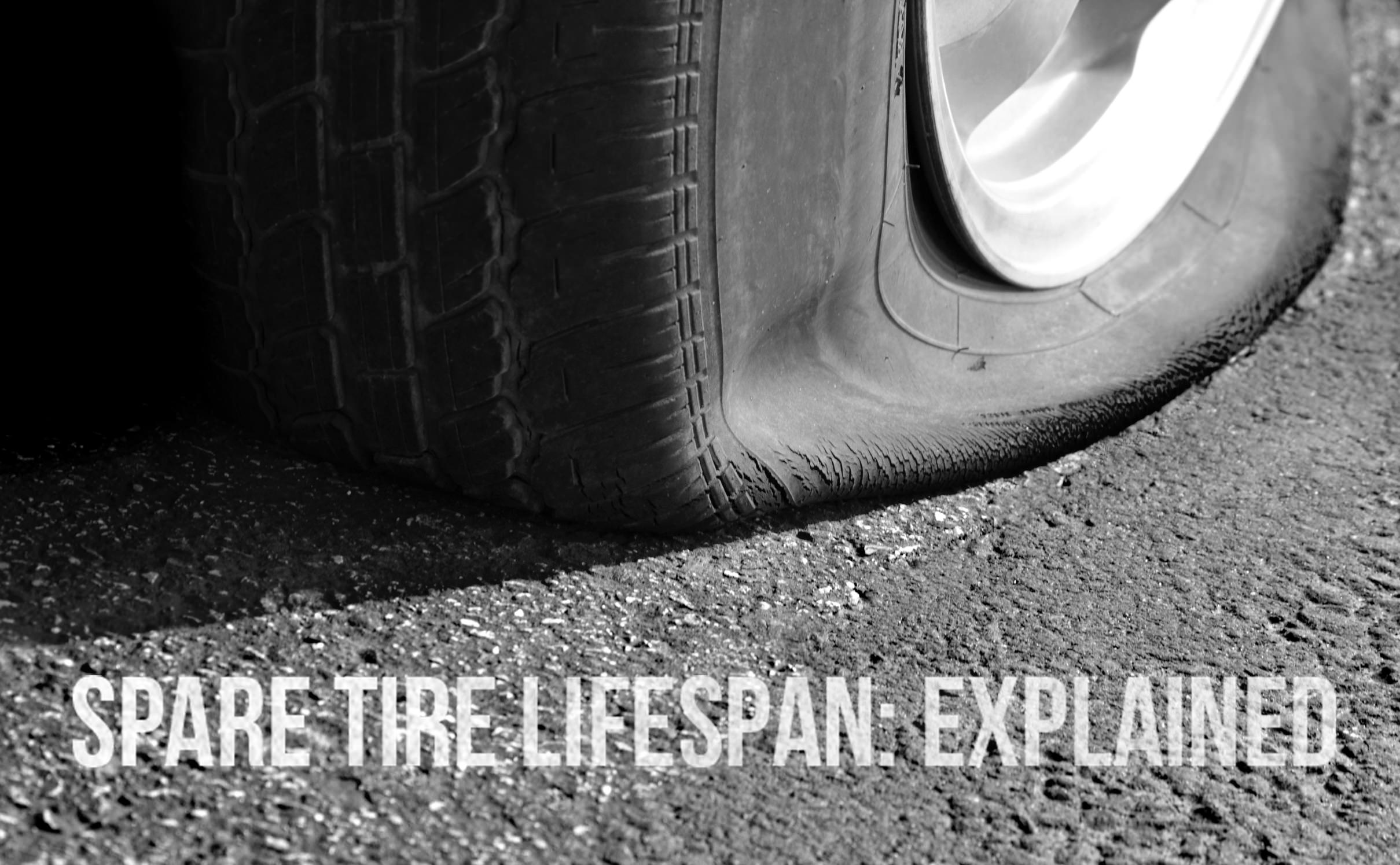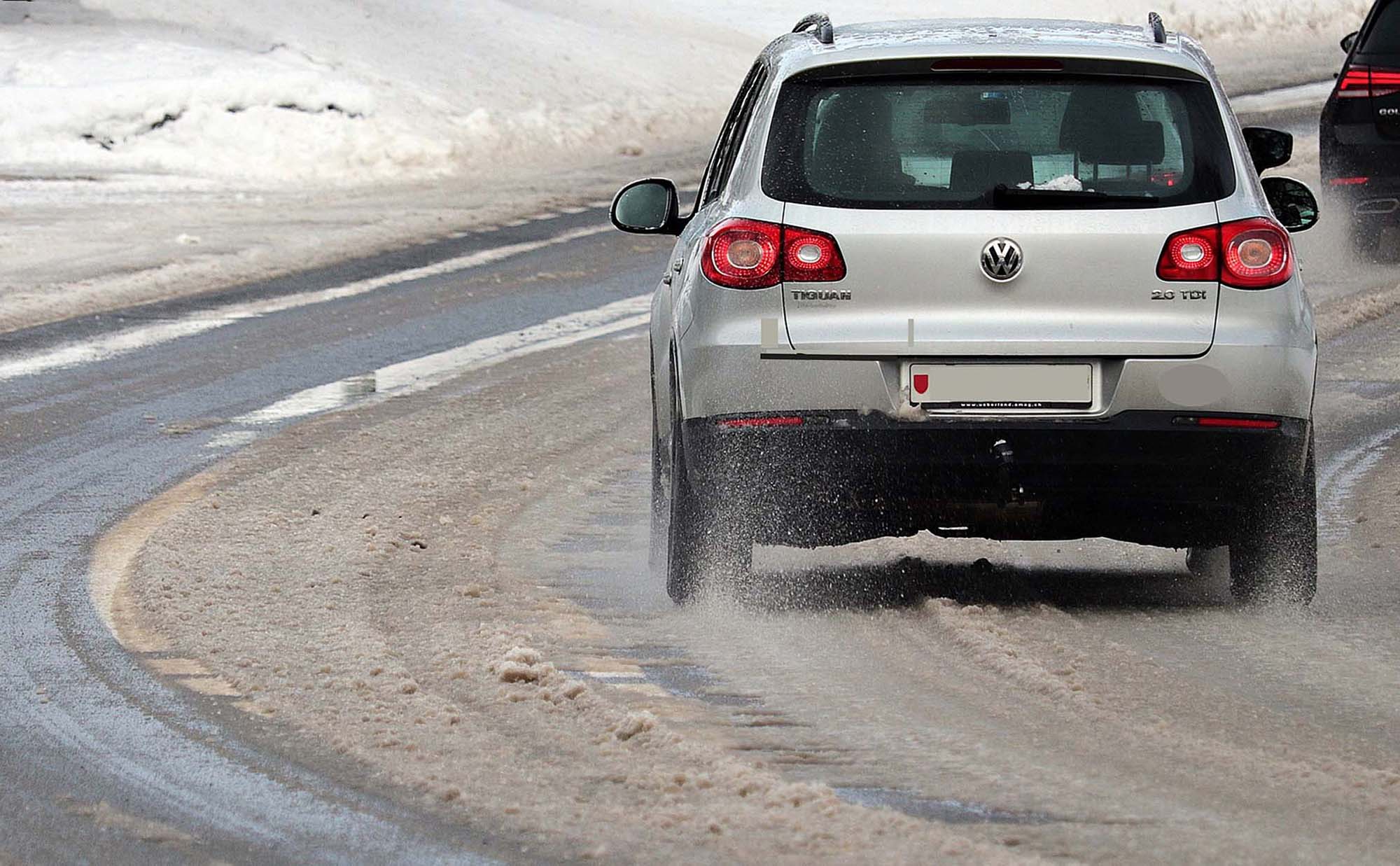Jumper cables might be the most important part of your automotive safety kit. Here is how to choose the best set of cables that work for you and your car.
Q: “I just got a flat and had to put on my spare tire (the donut style spare). The problem is that I can’t make it to the shop right away. How long can I drive on my spare before it causes a safety concern?”
Signed – Donut Leave Me Hanging in Victoria, BC
To save space and weight in new vehicles, as well as to help meet new fuel efficiency standards, car makers have moved to smaller and smaller “space-saver” spare tires. These spares are really only made to get you to a mechanic in an emergency to save you the cost of a tow and do not have the strength to last any prolonged period of time on your vehicle. Since these are meant to be temporary spares, they aren’t as durable as a normal tire. The real strength of a tire comes from the layers of steel and polyester underneath the rubber on the sidewalls, and spares don’t have as many plies as regular tires. A typical space-saver spare has only one layer of polyester in the sidewall and two belts of steel with a layer of polyester in the tread, or about half as many plies as a normal tire. This greatly limits puncture resistance and cornering ability.
Rule of Thumb: Distance
To find out how long you can drive on your spare check your owner’s manual for an exact recommended mileage for the spare tire. 100 kilometres is the rule of thumb. These tires are not designed for long-range service. They are made to get you to a garage to have your tire either repaired or replaced. Driving on it for an extended period of time under regular driving conditions will result in a blowout in short order, so get a safe tire on your car immediately.
Rule of Thumb: Speed
Due to the reduced reinforcement in the sidewalls, manufacturers suggest keeping speeds below 80 kph and using the spare tire only for limited distances if possible. If a compact spare is ever damaged, either the tire itself or the wheel, the entire spare should be replaced rather than repaired. And don’t forget to check the pressure in your spare every time you check the pressure in your other tires. It’s important to make sure your safety net is, in fact, safe.




